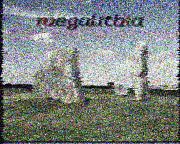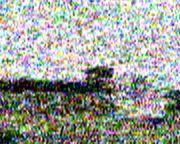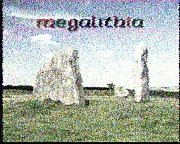

An amplifier can improve the noise figure of the receiver, provided it has a lower noise figure than the receiver itself. The 1993 vintage Sony SLV-E7 VCR has poorer noise figure than I would expect of later equipment. This was the original purpose of a booster. It still applies to some classes of equipment - a TV card working inside a PC for instance may be noisy not by design but by the environment it has to run in.
In the days of valve (tube) UHF tuners which had a dreadful noise performance this could be very worthwhile. However, for more recent kit the improvement is only really available where the signal is so far below spec that even after the booster the picture still borders on the unwatchable.
This is an extreme case, of trying to work at a signal level of 14dBuV, 46dB below the PAL minimum level. Two boosters, providing a combined gain of 44dB, lifts the signal to nearly the correct level. Although less bad than without boosters, the picture is not really of a watchable quality.
| launch level (dBuV) |
attenuation | Picture | Picture (100%, closeup) | amps | Rx input level (dBuV) |
| 59 | 20+6+12+6 |  |
 |
0 | 14 |
| 59 | 20+6+12+6 |  |
 |
22+22 | 59 |
Picture quality with decreasing signal levels
real aerial measurement of DTT performance with decreasing signal levels + adding booster
experiment demonstrating boosters don't compensate for aerial deficiencies
Selecting and siting your TV aerial
Why DTT is different from an analogue install